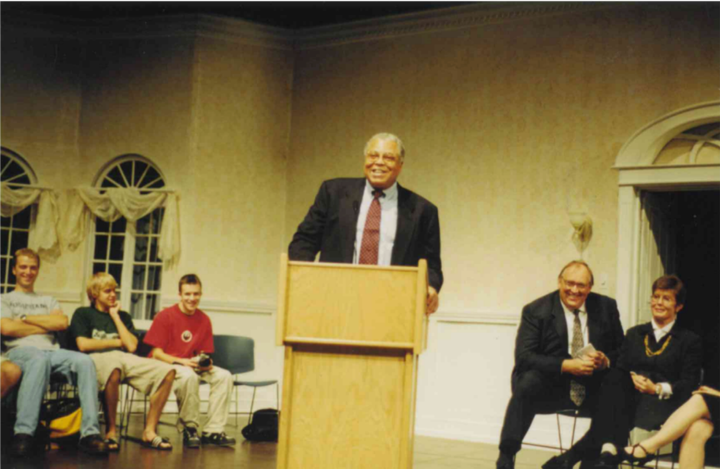Dialogue and peace necessary for advancement, violence is regression



For every John Brown, there’s a Mahatma Gandhi. For every Malcolm X, there’s a Martin Luther King Jr.
But the path to effective resistance can’t be argued entirely through historical figureheads. All four of those historical figures resisted in ways that made them icons and gave them legacies guaranteed to last centuries.
Yet if there’s one point to be taken from those comparisons, it’s that people don’t have to resort to radical insurrectionism to bring about radical change.
This has been proven by data and history repeatedly. Political scientist Erica Chenoweth notes that from 1900-2006, roughly 60 percent of failed resistance movements have been violent, compared to just 20 percent which were peaceful.
Additionally, peaceful protests had a success rate of just over 50 percent, while violent movements hovered around 25 percent.
This isn’t to suggest that the way of John Brown, Malcolm X and others were ineffective or misguided, but rather that political demonstration remains far from a “one size fits all” solution.
Consider situations in which constituents want their representatives to act, as demonstrated by the ongoing disruptions at town hall events regarding Republican lawmakers and their responses to President Trump’s “Obamacare” opposition.
The presence of these protests are impossible for those in power to ignore. Rep. Jason Chaffetz (R-Utah) struggled to get a single word in as his furious constituents repeatedly shouted “do your job” to the visibly flustered congressman. Rep. Jim Sensenbrenner (R-Wisconsin) had to agitatedly bang his gavel at his meeting in a futile attempt to bring order to the crowd.
Without landing a single punch, stab, kick or shot, these people have already made a difference in a way violent demonstrations can’t: they’ve force those in power to listen.
The alternatives, however, offer very little. Congressional elections occur just once every two years, and incumbents hold so many privileges in this process that they win roughly nine times out of 10.
Violent demonstrations are met with police action that disperses the situation before it can be met with politicians, thus overshadowing the concerns of the protestors in the minds of the state.
But these endless waves of protesters swarming in the faces of their officials or stretching out for miles outside of city hall makes the powerful realize the will of their constituents in a way standard polls can’t express.
Demonstrations—particularly peaceful ones—contain more emotion and depth that a one-dimensional “yes or no” standard and more dialogue than a violent uprising lacking communication.
Through peace, protestors allow themselves to be heard and understood. Their messages are not drowned out by stories of violence and brutality; they’re not restricted to options written by a pollster or the infrequency of elections.
The right to protest is a hallmark of the country’s freedom of expression. No matter how it’s done, whether in a town hall or the streets, in front of police or a congress member, each capable of bringing about change. Each is are more than “just picket signs” held by people chanting “just words.”
Austin Graves is a senior
history major from
Sioux Falls, S.D.



